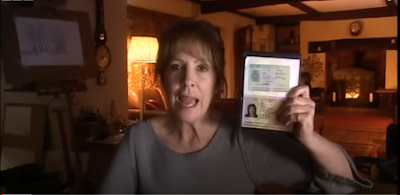Camerawork: Blog Task Doctor Who
Camera shots: notesLearning to accurately identify different camera shots and the effect they have on an audience is a critical skill in Media Studies.
Camera shots recap:
- Wide shot / establishing shot (WS/ES)
- Long shot (LS)
- Medium shot (MS)
- Medium close up (MCU)
- Over-the-shoulder shot (OTS)
- Close up (CU)
- Big close up / Extreme close up (BCU/XCU)
Camera angle:
- High angle: makes subject look small and weak.
- Low angle: makes subject look big and powerful.
- Unusual perspective: can be used to surprise the audience or show danger (e.g. looking down off a cliff).
1) Pick three camera shots from the Doctor Who scene and explain what type of shot it is and what meanings or effect they have on the audience.
!) Close up (CU), a close up shot is when it is closed up om a characters face.
2) Two shot, a two shot is when 2 characters are in one scene and you can see them both together.
3)Medium Close Up (MCU), a medium close up is when the camera gets close in on one character so the face and the top of the shoulders is shown.
Close up, the close up shot is a powerful tool film makers use. The close up shot can help establish an emotional connection with the character and the audience. For example if the character is scared it make the audience feel scared or creates tension.
3) Pick one aspect of mise-en-scene from the scene and explain what connotations are being communicated to the audience.
An important element of mise-en-scène is set design—the setting of a scene and the objects (props) visible in a scene. Set design can be used to amplify character emotion or to set the mood, which effects the physical, social, psychological, emotional, economic, and cultural significance in the film.



Comments
Post a Comment